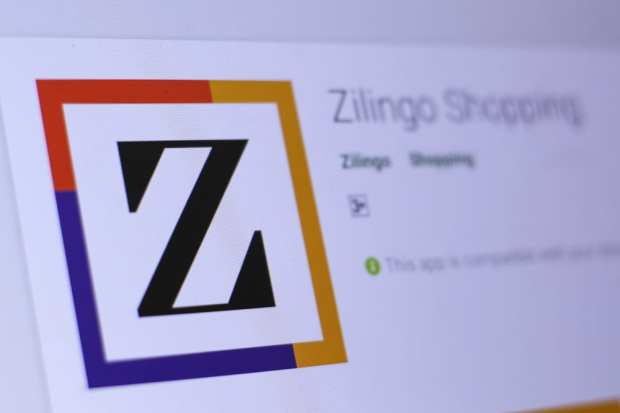Zilingo Lands $226M To Ramp Up Fashion Supply Chain Focus

Fashion online marketplace Zilingo has announced a $226 million funding round, one of the largest for an eCommerce startup in Southeast Asia and a major show of support among investors for the company’s increasing attention on the B2B side of the market.
Reports in Tech In Asia on Tuesday (Feb. 12) said Sequoia Capital, Burda Principal Investments and Sofina participated in the Series D funding round, while existing backers also joined. Temasek and EDBI, both Singapore-based state-linked funds, invested in the round as well.
While Zilingo launched in Thailand as an online marketplace for consumers to shop for fashion products from small sellers, the firm has recently pivoted to focus on the industry’s supply chain management challenges. In its announcement of the latest funding, Zilingo said it would use the investment to focus on “long-term value building across the supply chain,” and to expand into new geographic markets.
“One thing that’s become very clear to us is there’s a lot of value [in] making the supply chain efficient, instead of giving out discounts and doing crazy marketing,” explained Ankiti Bose, Zilingo co-founder and CEO, in an interview with Tech In Asia.
The firm links fashion merchants with procurement and inventory management solutions, marketing and social media support, payment processing and financing, among other B2B products. Bose said the company is also investing in “cloud factories” to enhance manufacturing capacity for its sellers.
The CEO added that Zilingo’s B2B operations account for about 70 percent of its net revenue growth, which she said has increased fourfold since April 2018, when the company last raised venture capital. The company’s revenue hit $1.3 million for the financial year ending March 2017, reports said.
“It’s fair to say Zilingo is now a supply chain company,” Bose added, though she denied that its B2B focus should be classified as a “pivot” for the company.
“We realized that we have to constantly market and discount to make consumers buy, and we realized the other way to do that would be to actually help the merchants price better,” she said, adding that the company’s consumer-facing operations remain a “critical” part of the company.
